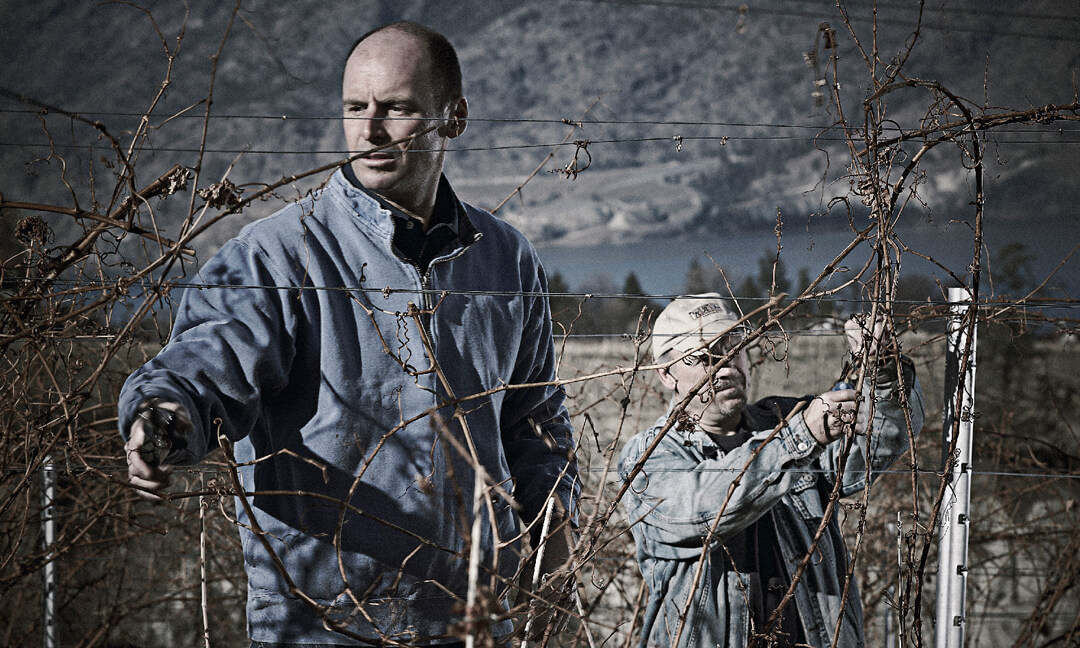
Exploring the extra dimensions of Bordeaux reds
Even a blend of one or two percent can make a significant difference in wine, says sommelier Mike Lee.
“If you’re cooking, you put your salt and pepper in, but all of a sudden you might put some tarragon into the mix. It just adds an extra dimension.”
For my cooking pot, I add a touch of thyme and sage as I braise a lamb shoulder. This hearty meat is destined for a shared meal with friends as we explore a vertical tasting of Petit Verdot—setting a Portuguese wine up against select wines from Desert Hills Estate and Blasted Church Vineyards.
Petit Verdot is an intense grape, often making up only five percent of a blend, but adding intense colour, aroma and tannins to the wine.
Before I reach for a piece of aged cheddar, Stilton or smoked cheese, I try my first sip of the deep purple vintage. My mouth puckers up—the tannins have got my tongue. But I knew in advance this bold grape packed a punch. I try again, this time, the silkiness of the Stilton brings out the silkiness of the wine. What a difference. The lamb paired perfectly as well.
This lesser-known red grape along with Carménère, joins Cabernet Sauvignon, Cabernet Franc, Malbec and Merlot as part of the noble red Bordeaux varieties.
In North America, a blend of two or more of these grapes is known as “Meritage,” a nod to the highest form of the winemaker’s art—blending.
“Here in BC, people drink more blends than they actually think,” says Lee. “BC VQA laws require that 85 percent has to be the varietal and 15 percent can be something else; that gives the winemaker a lot of flexibility to flesh out and make the wine more complex in character.”
Lee offers his insight into a classic dual blend. “Sometimes when you drink 100 percent Cabernet Sauvignon, I always say its like a hollow doughnut. Something is missing in the middle, and Merlot is often what fills that.”
Mike Alexander, assistant winemaker at Summerhill Pyramid Winery, knows he has a blend just right when it “tastes like more.”
“A lot of the time when you’re blending these reds, they’re big, they’re heavy, and your palette becomes fatigued. It was one of those days where you just had to go back as it wasn’t quite what we wanted. Then when we got to this one, [2014 Om blend] we said, hold on a second, I’ll have more of that. And so we [with winemaker Eric von Krosigk] sat out on the patio and had a glass of wine.
“I think a lot of the Old World blends are a result of hedging your bets,” he says. “In Bordeaux, you have a Merlot during the cool years and Cab Sauv for the hot years. Being in a newer region, we can experiment and find the grapes that work every year. We can irrigate and find the best locations, and as a result, we can get grapes that don’t necessarily need to be blended to be great.
“We’re not handcuffed by tradition.”




0 Comments